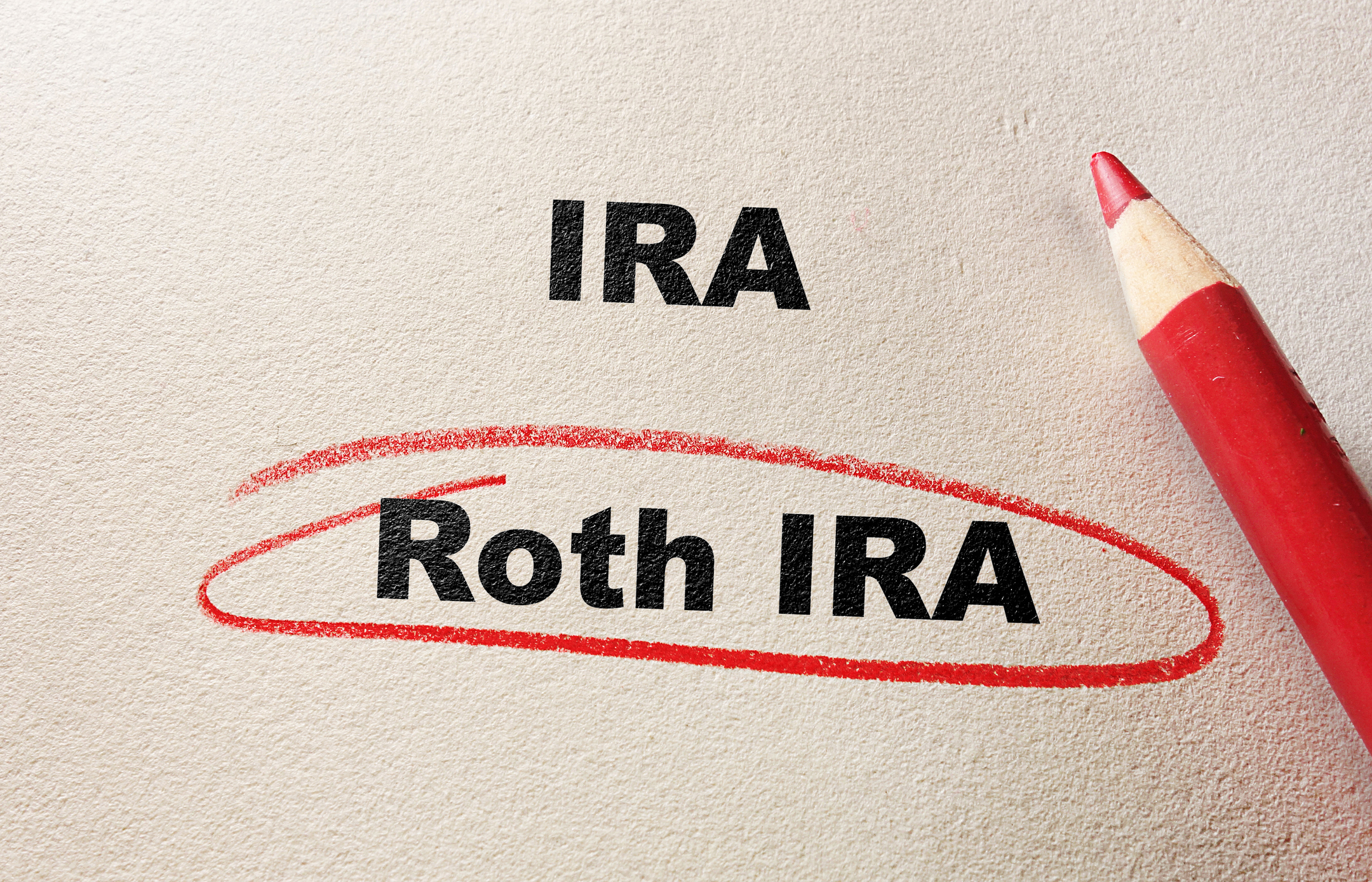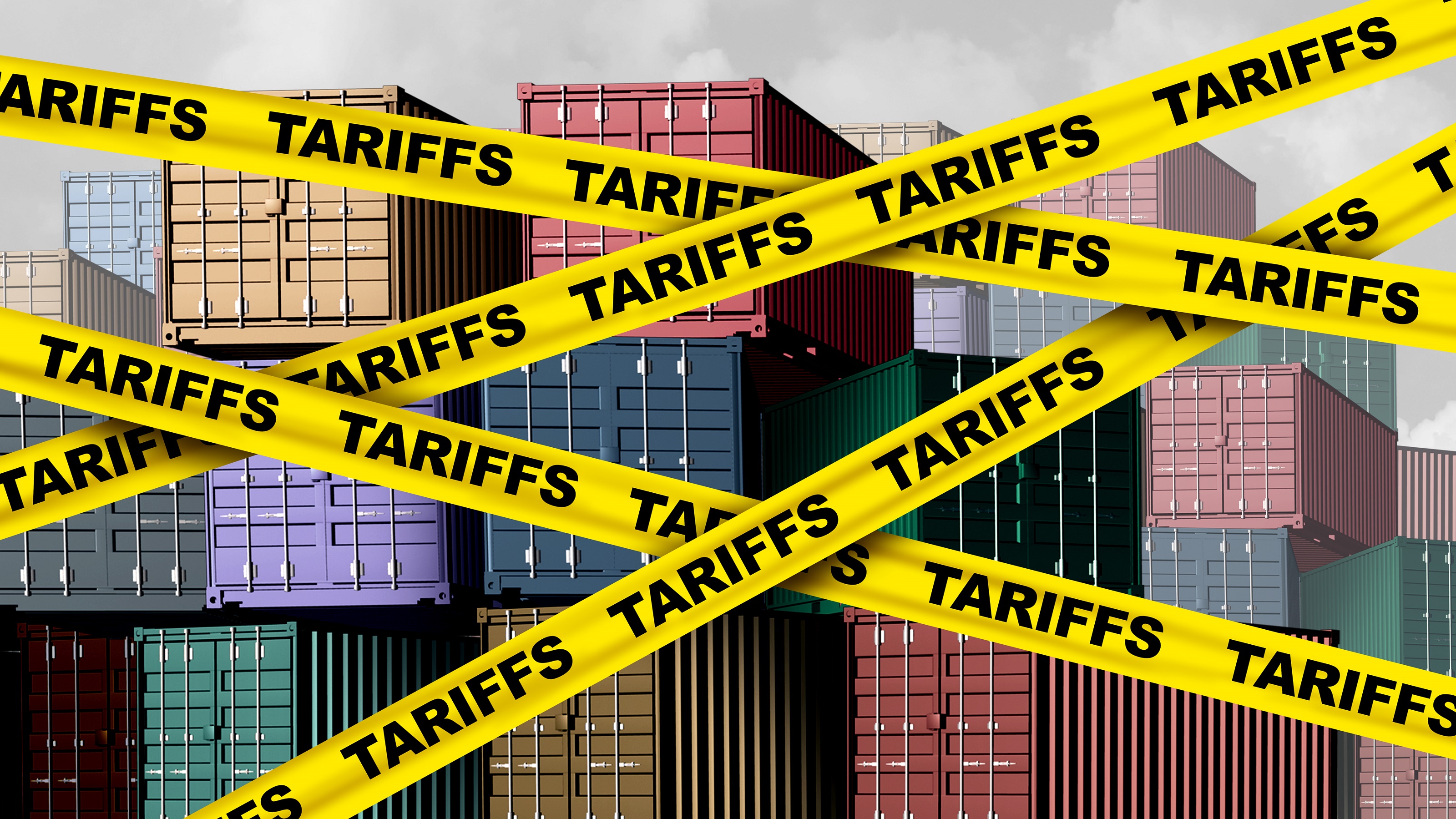How You Might Save on Taxes Just by Shifting Your Investments Around
A quick look at your tax return can reveal some easy ways to reduce your taxes this year. One is to reallocate your investment income to make it more tax-efficient. And it’s not as complicated as it sounds.


Because most financial advisers do not look at an investor’s tax returns, they provide little guidance in making sure the portfolio is being managed in the most tax-efficient manner possible.
Without becoming a tax expert, you can learn to check a couple of simple things on your return to see if your investment income can be reallocated to help you cut your taxes.
Calculate Your Tax Bracket
The starting point to do this would be to verify what marginal ordinary income tax bracket you’re in.

Sign up for Kiplinger’s Free E-Newsletters
Profit and prosper with the best of expert advice on investing, taxes, retirement, personal finance and more - straight to your e-mail.
Profit and prosper with the best of expert advice - straight to your e-mail.
The easiest way to find out would be to look at the Federal Income Tax Summary attached to the front of your tax return or ask your tax preparer.
If this is not feasible, you could simply look at the federal income tax rate schedule based on your tax filing status, for the year of the tax return you’re looking at.
For example, for 2021 if you’re filing a single return, and your taxable income shown on line 15 of your return is $100,000, this would put you in the 24% bracket, since $100,000 is between the $86,376 and $164,925 range for the 24% bracket on the tax rate schedule.
Keep in mind if you have any long-term capital gain income (shown on line 3a and line 7), you would need to subtract this amount off the taxable income amount on line 15 before checking your tax bracket. This is because long-term capital gain income is taxed at a separate lower tax rate than ordinary income and is not considered when calculating your marginal ordinary income tax bracket.
So in the above example, if $20,000 of the $100,000 of taxable income was long-term capital gain income from line 3a and/ or from line 7, you would subtract this off, leaving $80,000 of income that you would now check against the federal income tax rate schedule above.
In this case, with only $80,000 subject to ordinary income tax, you would now be in a 22% tax bracket rather than a 24% tax bracket.
Now that you know how to find your tax bracket, you can use it as a starting point to check your tax return to see if your investment income can be changed to reduce your taxes.
Reallocate Taxable Interest to Tax Free
If you look at line 2b located on the first page of your return, this shows interest taxed as ordinary income, usually from money in the bank or taxable bonds.
If you’re in the 24% tax bracket or higher, you may want to consider getting rid of some, or all of this taxable interest by moving to fixed income alternatives that generate tax-free interest, with comparable safety.
To use a simple example, if you’re in the 35% marginal tax bracket, instead of having $100,000 in a taxable bond paying 2.5%, you might consider putting the $100,000 in a tax-free bond paying 2%, assuming the bonds have the same maturity and credit risk.
The taxable bond will generate $2,500 a year in interest but you will lose 35% or $875 of it in taxes, leaving you with $1,625 after tax.
With the tax-free bond, you will generate a lesser amount of $2,000 a year in interest, but you won’t pay any federal income tax on it, so you keep the whole $2,000, vs. keeping $1,625 after tax on the taxable bond.
In this example by using this simple strategy, you just increased your after-tax income and put more money in your pocket.
Consider Increasing the More Tax Favorable Qualified Dividends
Ordinary dividends shown on line 3b are composed of two parts:
- The qualified dividend part shown on line 3a is taxed at the more favorable long-term capital gain tax rate and usually represents income from stocks or stock funds.
- The rest of these ordinary dividends are taxed at your higher marginal tax bracket and usually represent income from bond funds, real estate investment trusts, or master limited partnerships.
If you increase the amount in qualified dividends, which would mean reducing the amount in dividends not qualified, it will generate less taxes. But keep in mind this in turn would increase the amount of stock in your portfolio, since qualified dividends are generated from stock. This increase in stock should also be considered in light of your personal risk tolerance.
However, if you have a retirement account like an IRA or a 401(k), it may be possible to increase the more tax favorable qualified dividends without increasing your overall stock levels at all, which would result in keeping your portfolio risk where it was before, while reducing your taxes.
You would do this by buying more bonds that are taxed at your higher marginal tax bracket in your pre-tax retirement account, such as an IRA, since it will shelter this bond income from taxes.
Then you would buy more stocks in the non-retirement accounts since the stock dividends will generate less taxable income.
To use a simple illustration, let’s say you’re showing $12,000 of ordinary dividends on your tax return with $5,000 of it representing qualified dividends from stocks, with the other $7,000 of the dividends being generated from taxable bond funds. Let’s also assume you’re in a 24% tax bracket.
The $5,000 of qualified dividends generated from stocks, would be taxed at the more favorable long-term capital gain tax rate of 15%, so your tax owed would be $750. The rest of the dividends which would be $7,000 generated from bond funds, would be taxed at the higher 24% marginal tax rate, so your tax owed would be $1,680.
To keep it simple, let’s assume you switched from the bond funds generating $7,000 taxed as ordinary income, into stocks generating $7,000 in capital gain income. You would now go from owing $1,680 in ordinary income taxes on the bond funds, to owing $1,050 in capital gains tax on stocks and, in this example, save yourself $630 in taxes.
And if you have an IRA or 401(k) plan you could decrease the stock in your retirement account by the amount you increased it in your non-retirement account. This would keep your overall stock levels the same as before, and therefore your portfolio risk roughly the same, while at the same time reducing your taxes.
You don’t have to be an investment expert or a tax expert to take advantage of these simple strategies. The idea is for you to at least know enough to look for these potential opportunities, then have a meeting with your financial adviser to help you implement the specific strategy suitable for your personal circumstances.
Get Kiplinger Today newsletter — free
Profit and prosper with the best of Kiplinger's advice on investing, taxes, retirement, personal finance and much more. Delivered daily. Enter your email in the box and click Sign Me Up.

-
 Should You Do A Roth IRA Conversion? Nine Things to Consider
Should You Do A Roth IRA Conversion? Nine Things to ConsiderThe Tax Letter Thinking of converting a traditional IRA to a Roth IRA? The Kiplinger Tax Letter Editor highlights nine factors you should consider before making a move.
By Joy Taylor
-
 33 Stocks That Could Rally 50% or More This Year
33 Stocks That Could Rally 50% or More This YearAnalysts say these S&P 500 stocks have at least 50% price upside over the next year or so.
By Dan Burrows
-
 Going to College? How to Navigate the Financial Planning
Going to College? How to Navigate the Financial PlanningCollege decisions this year seem even more complex than usual, including determining whether a school is a 'financial fit.' Here's how to find your way.
By Chris Ebeling
-
 Financial Steps After a Loved One's Alzheimer's Diagnosis
Financial Steps After a Loved One's Alzheimer's DiagnosisIt's important to move fast on legal safeguards, estate planning and more while your loved one still has the capacity to make decisions.
By Thomas C. West, CLU®, ChFC®, AIF®
-
 How Soon Can You Walk Away After Selling Your Business?
How Soon Can You Walk Away After Selling Your Business?You may earn more money from the sale of your business if you stay to help with the transition to new management. The question is, do you need to?
By Evan T. Beach, CFP®, AWMA®
-
 Two Don'ts and Four Dos During Trump's Trade War
Two Don'ts and Four Dos During Trump's Trade WarThe financial rules have changed now that tariffs have disrupted the markets and created economic uncertainty. What can you do? (And what shouldn't you do?)
By Maggie Kulyk, CRPC®, CSRIC™
-
 I'm Single, With No Kids: Why Do I Need an Estate Plan?
I'm Single, With No Kids: Why Do I Need an Estate Plan?Unless you have a plan in place, guess who might be making all the decisions about your prized possessions, or even your health care: a court.
By Cynthia Pruemm, Investment Adviser Representative
-
 Most Investors Aren't as Diversified as They Think: Are You?
Most Investors Aren't as Diversified as They Think: Are You?You could be facing a surprisingly dangerous amount of concentration risk without realizing it. Fixing that problem starts with knowing exactly what you own.
By Scott Noble, CPA/PFS
-
 Will My Children Inherit Too Much?
Will My Children Inherit Too Much?If you worry about how your children will handle an inheritance, you're not alone. Luckily, you have options — from lifetime gifting to trusts — that can help.
By Mallon FitzPatrick, CFP®, AEP®, CLU®
-
 Charitable Giving Lessons From Netflix's 'Apple Cider Vinegar'
Charitable Giving Lessons From Netflix's 'Apple Cider Vinegar'Charity fraud is rife, and a Netflix series provides a timely warning about donating money to a good cause without looking into its background.
By Peter J. Klein, CFA®, CAP®, CSRIC®, CRPS®